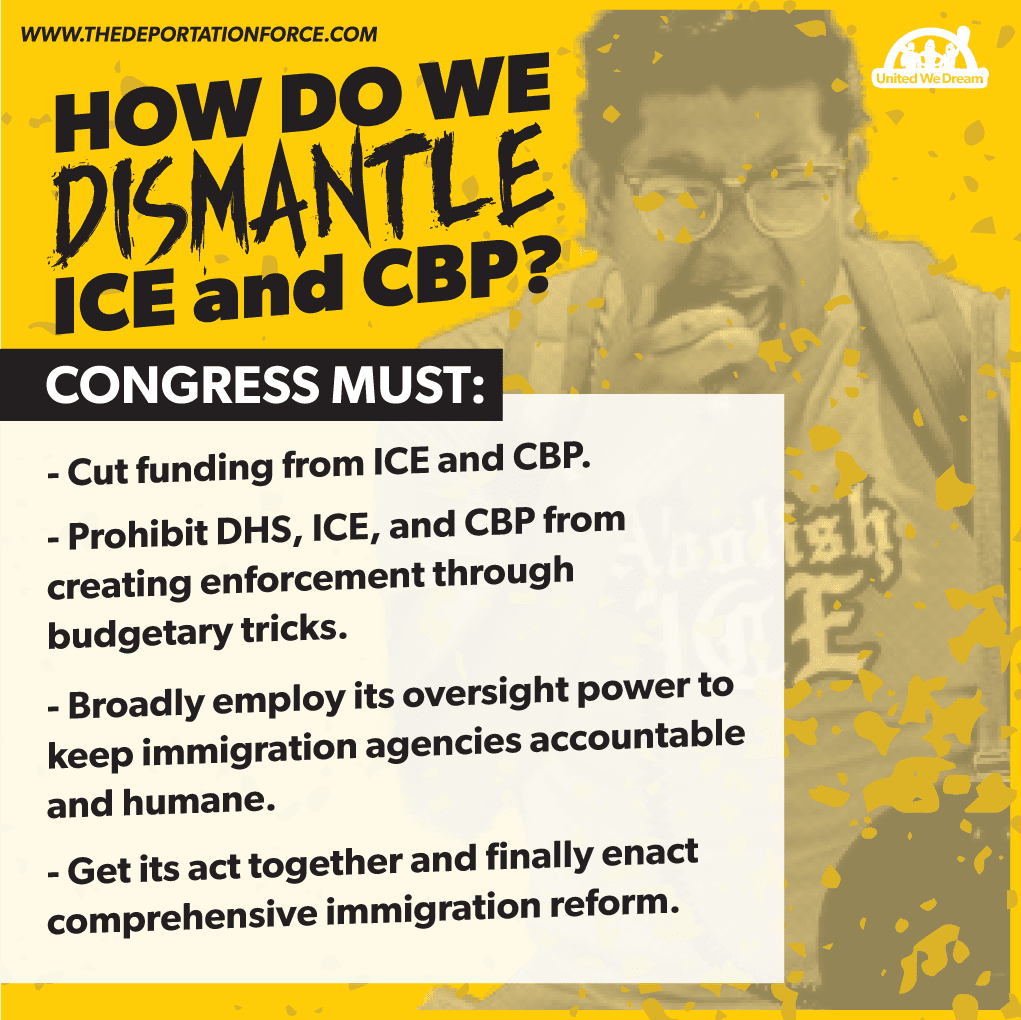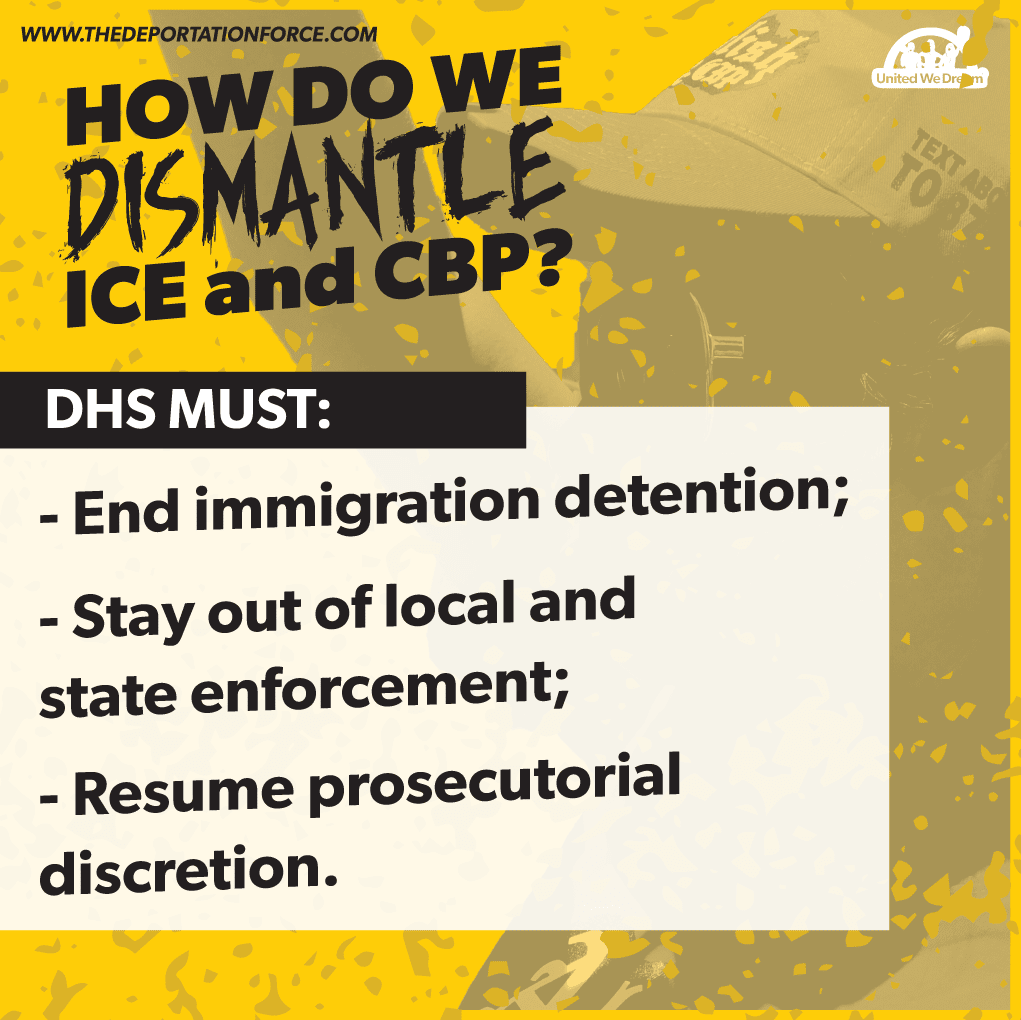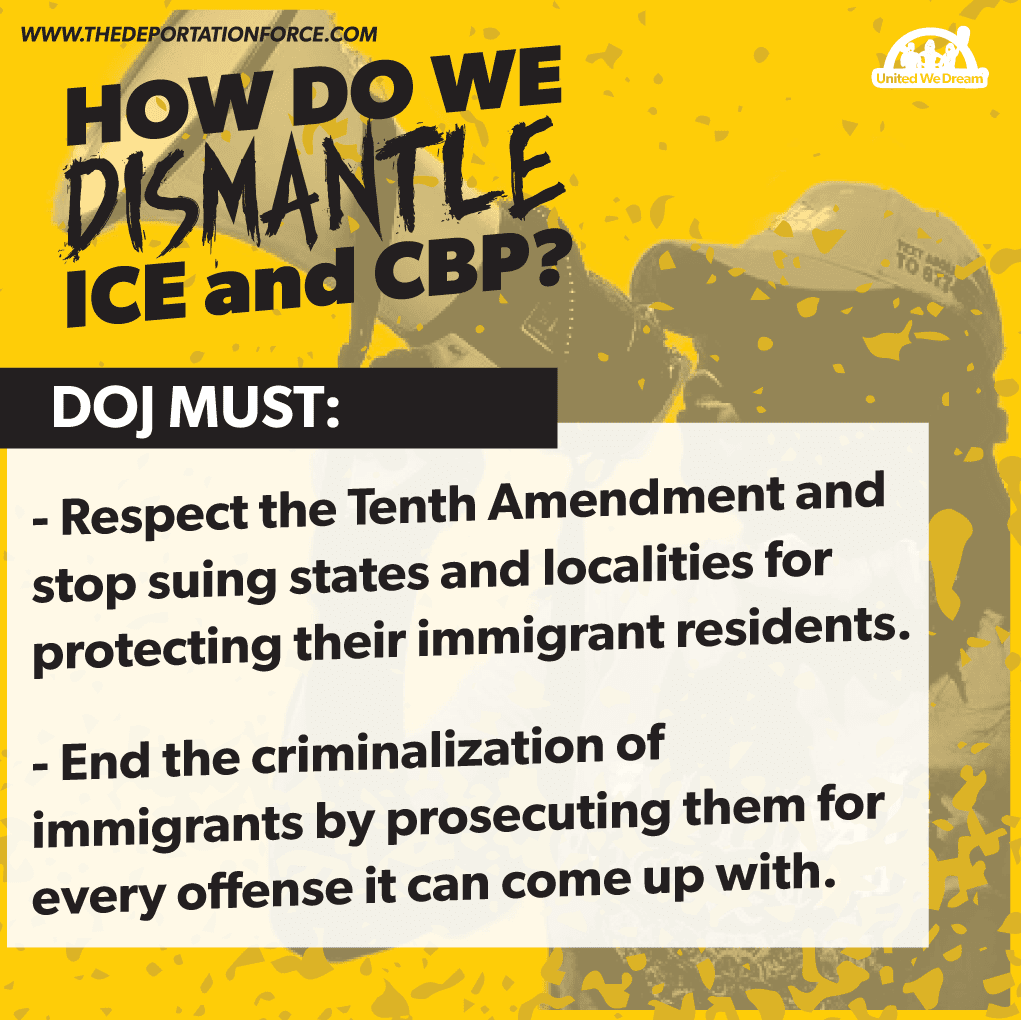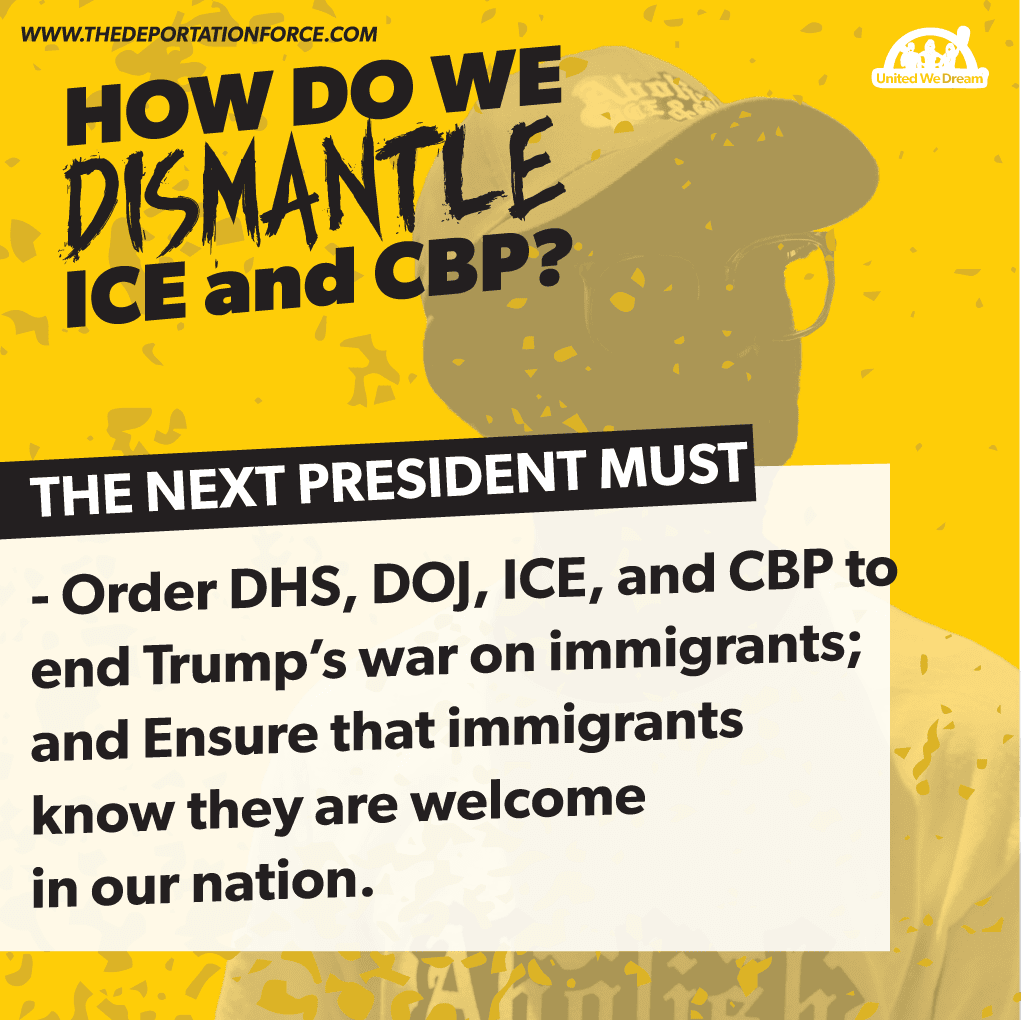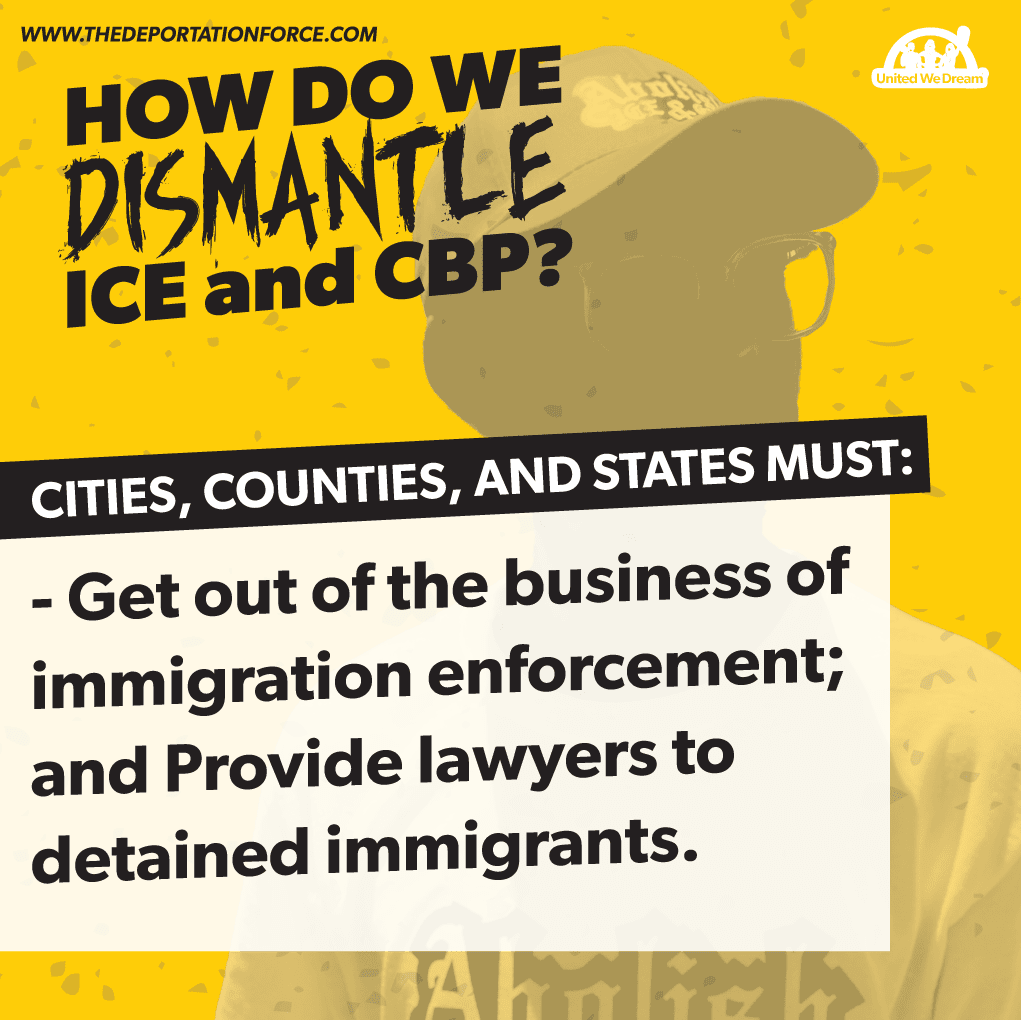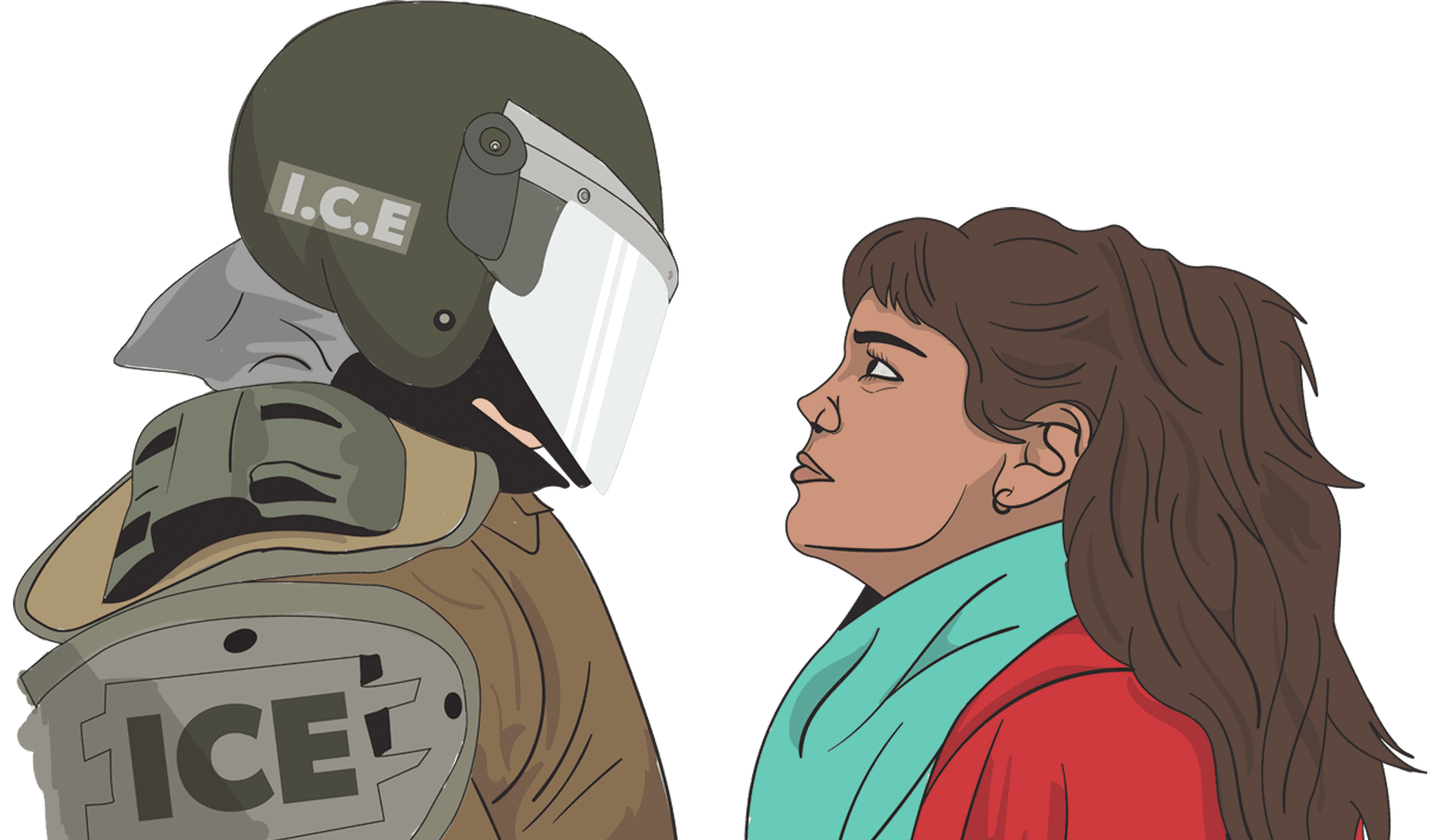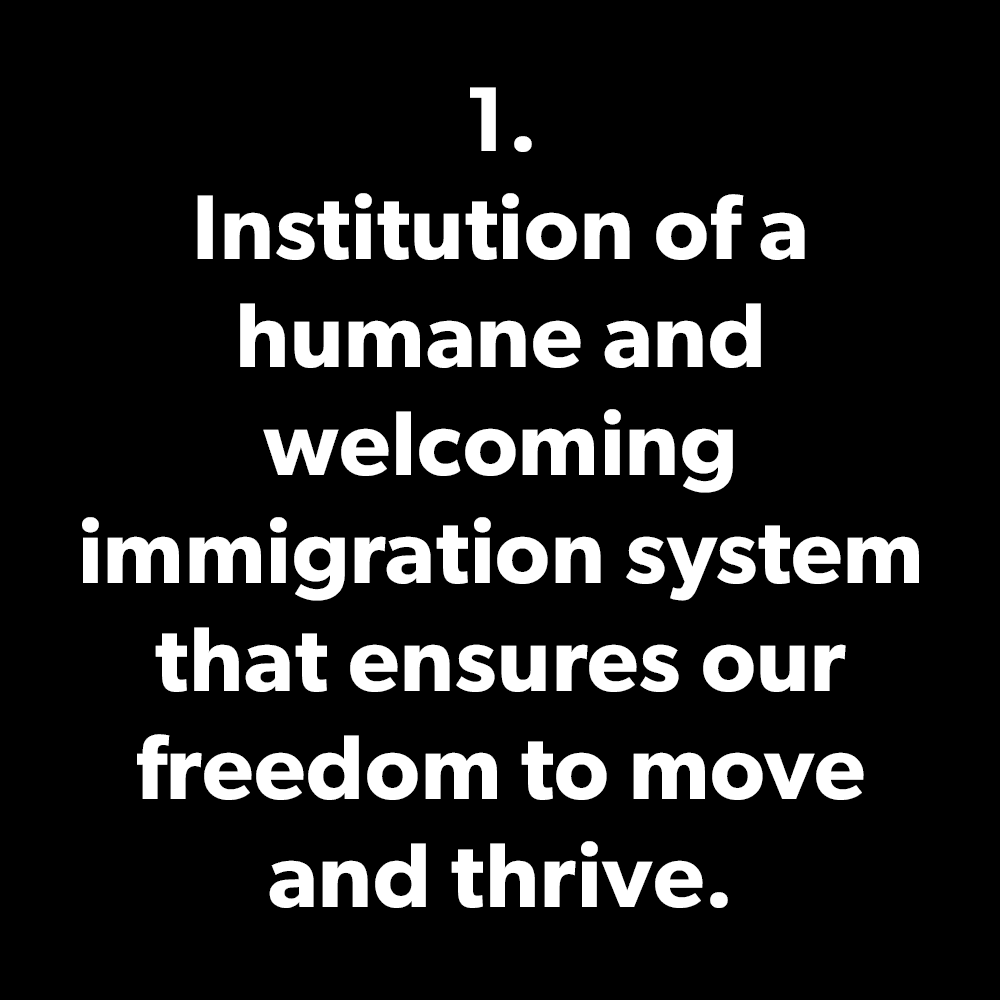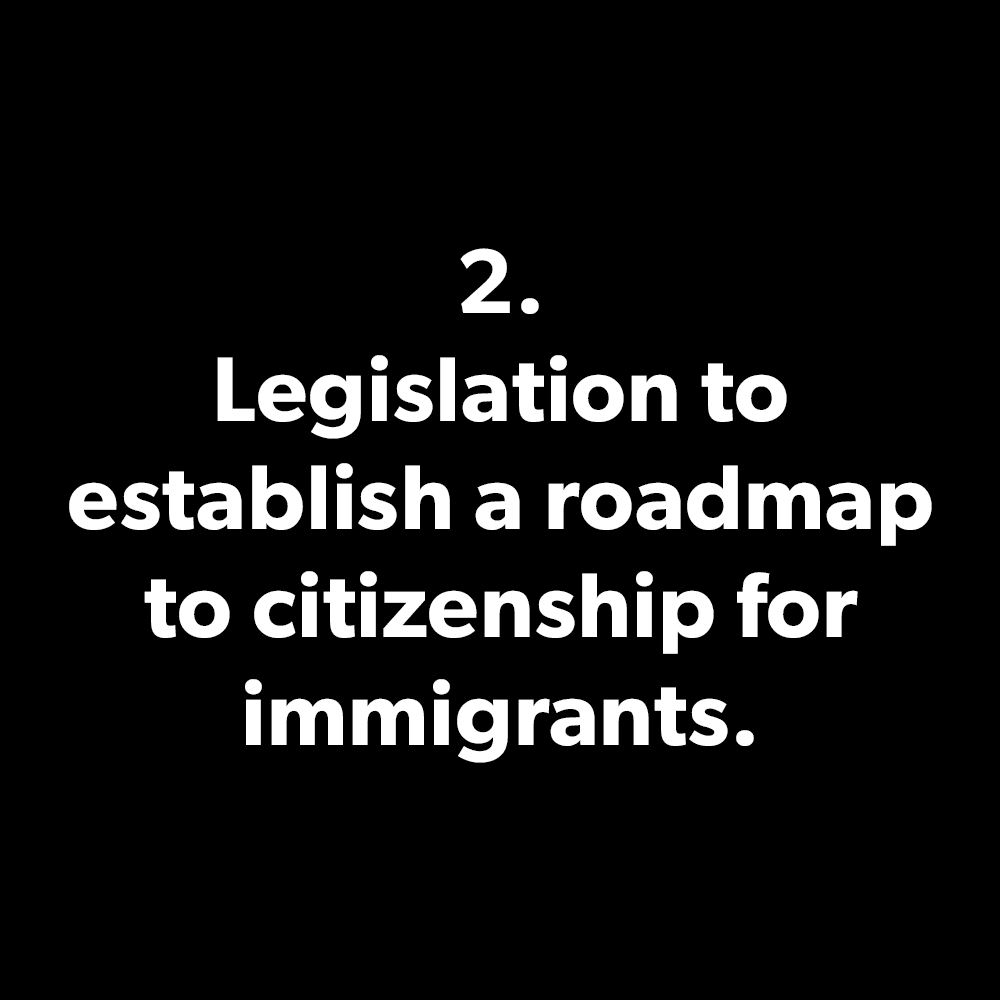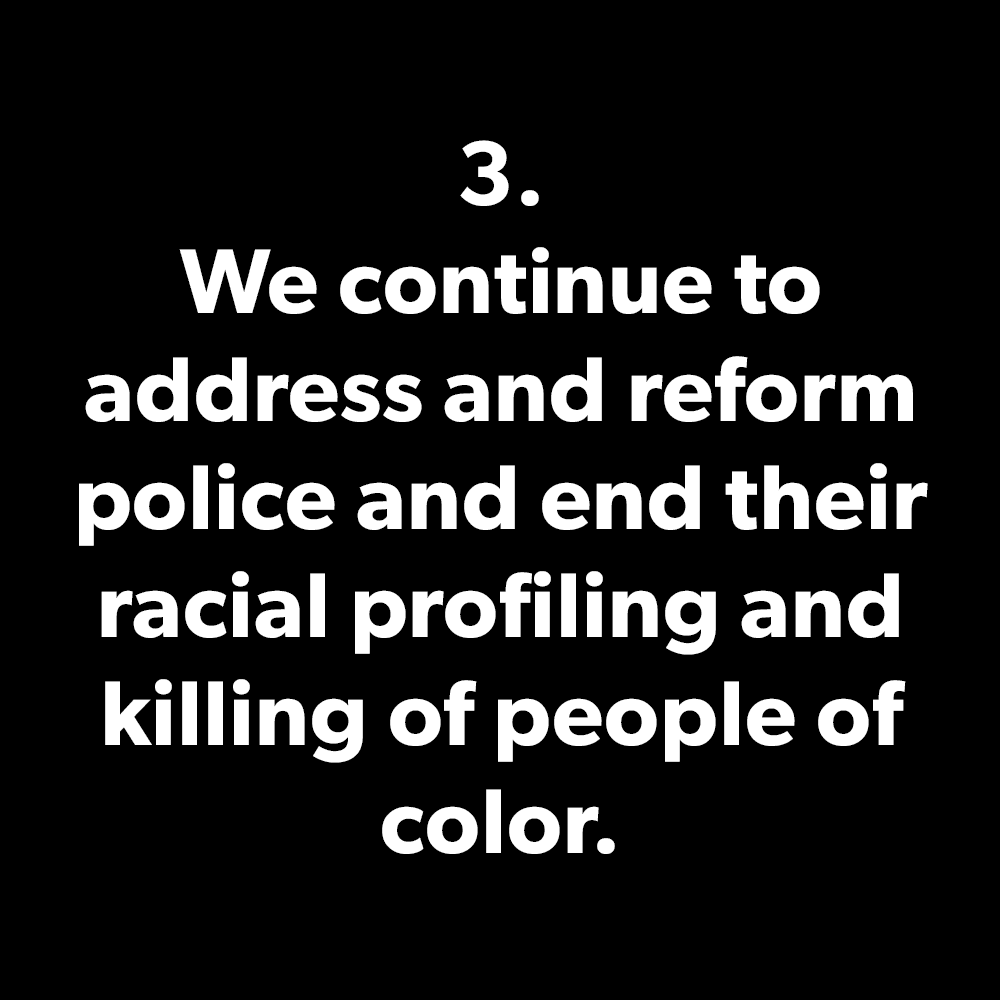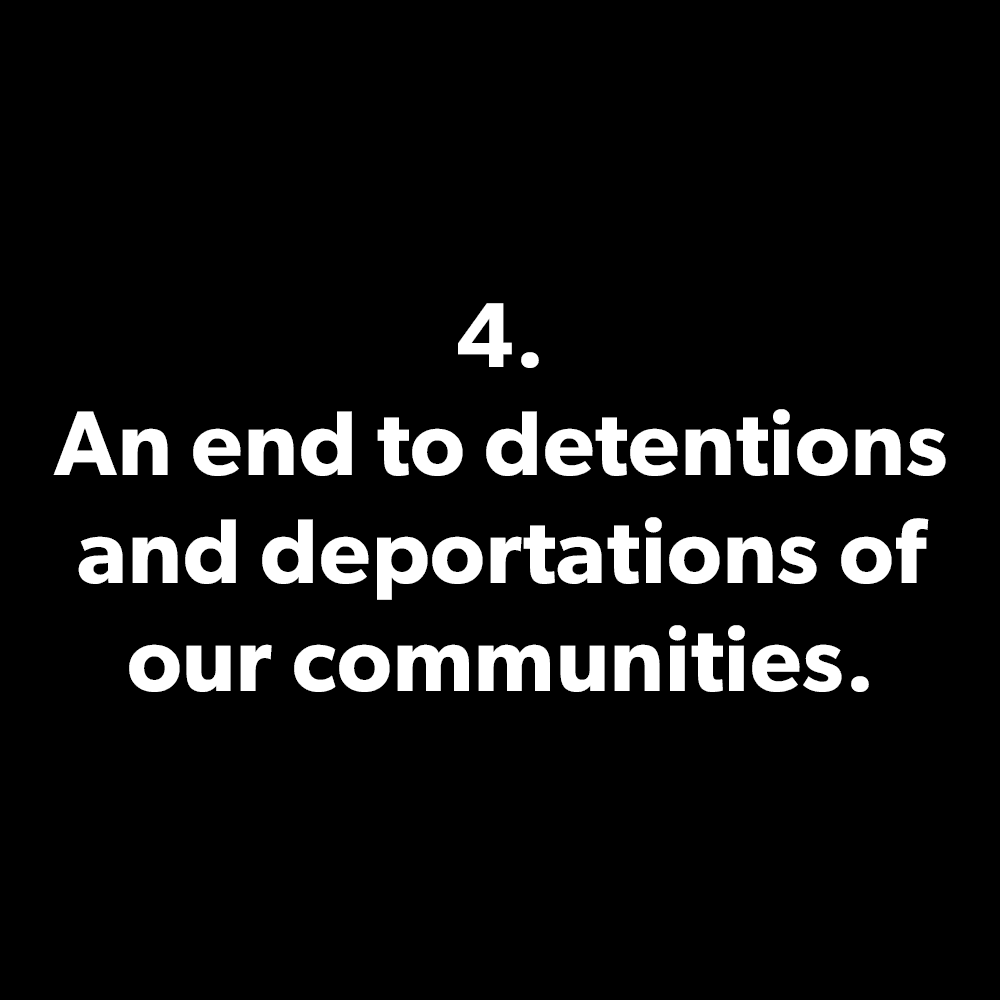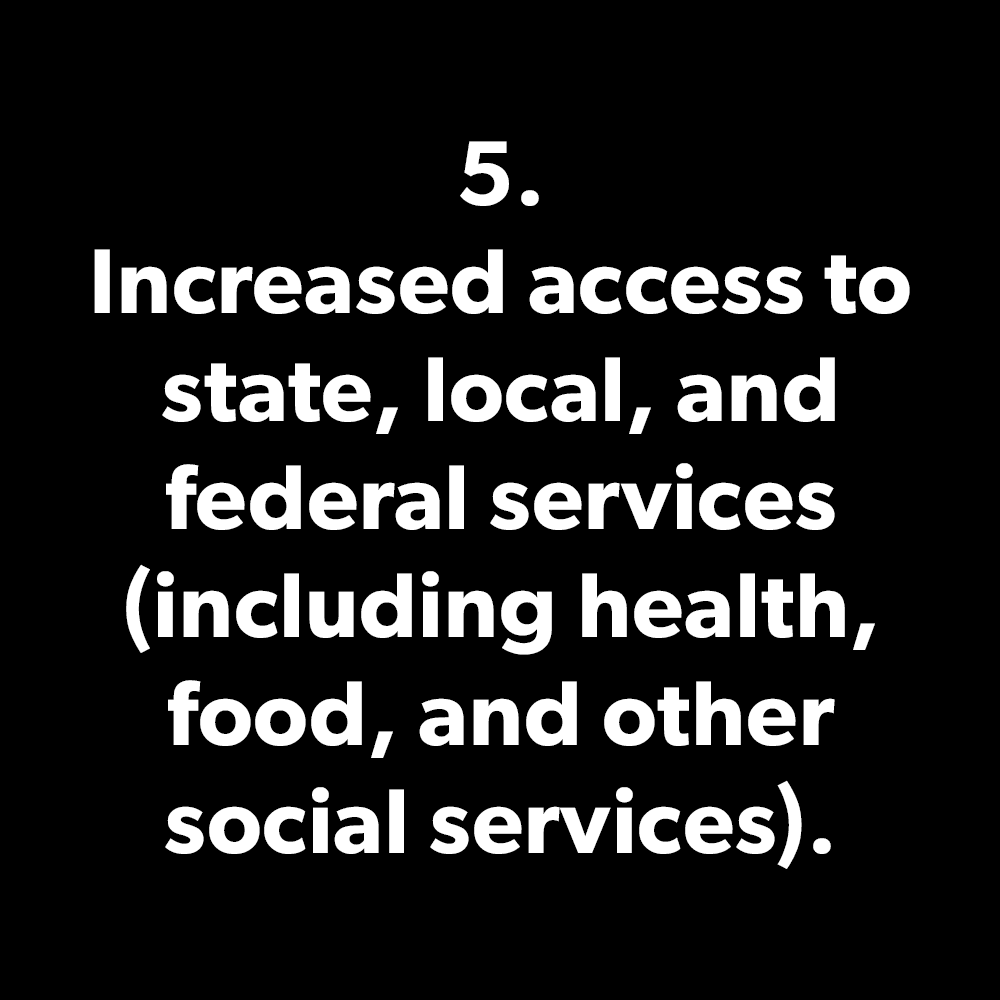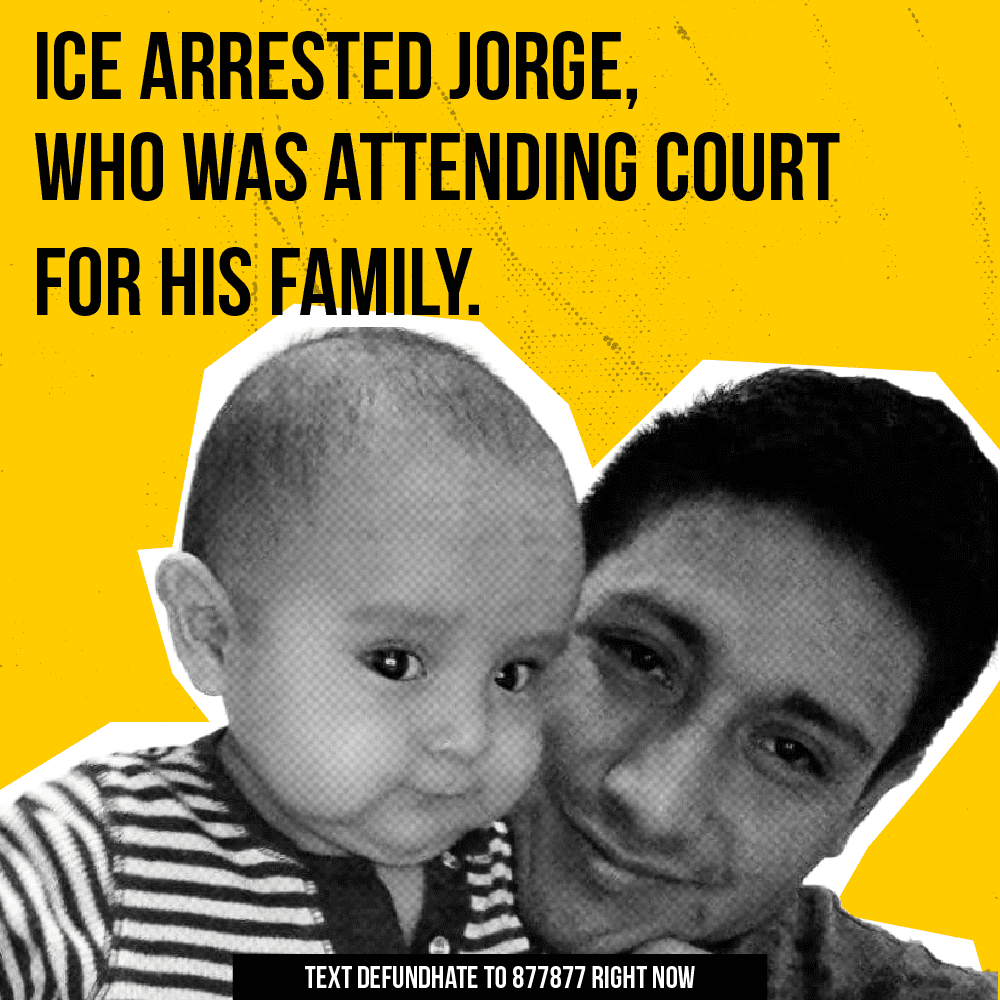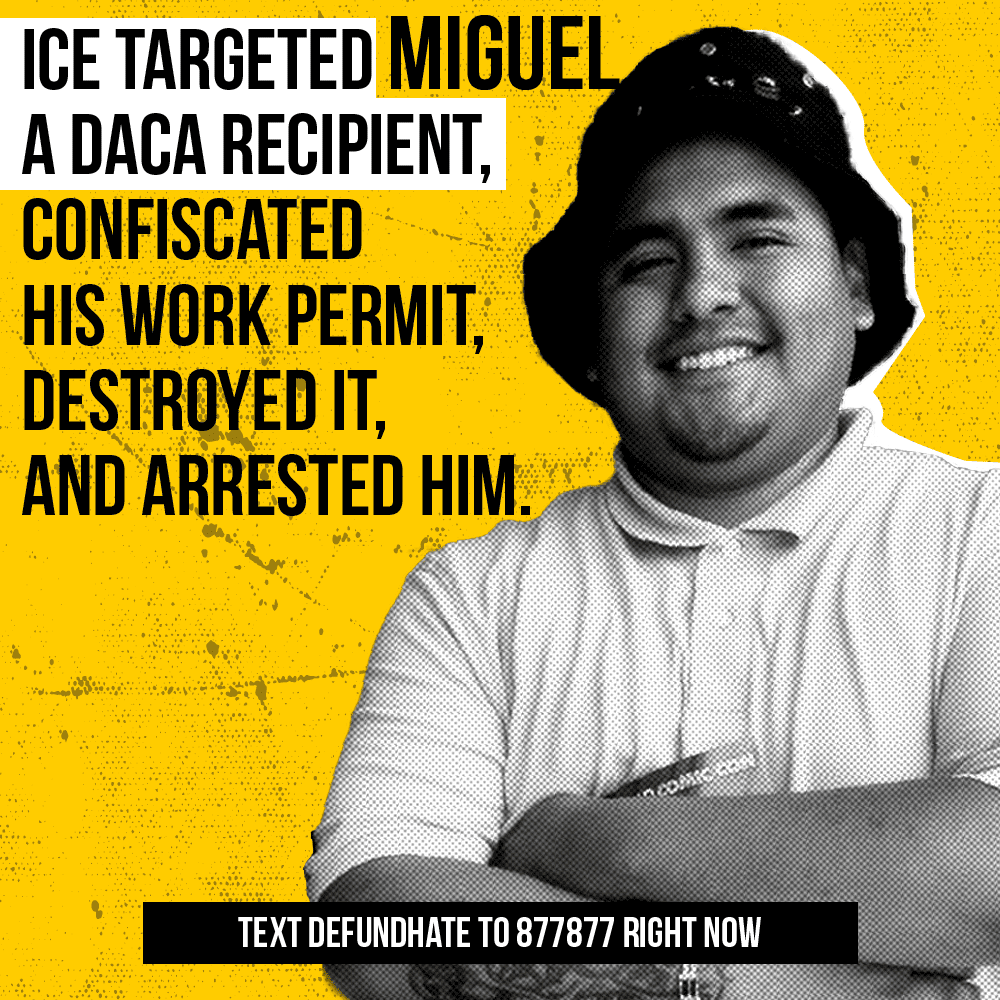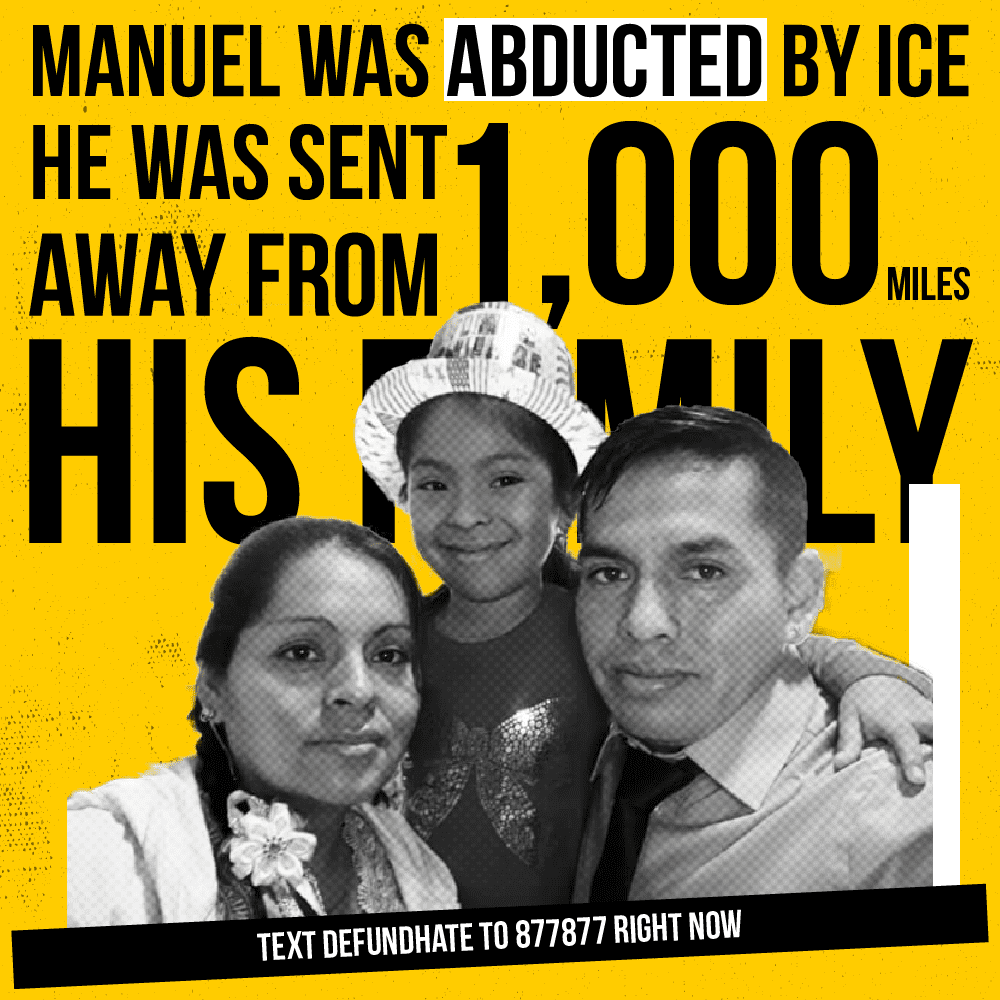Chapter 1
Deeply Flawed: A Primer on our Nation's Immigration System
Snapshot of Our Nation's Immigration System
Immigrants without status make-up our nation’s undocumented population: a stable, ever-present, vital community of approximately 11 million people who entered without status or subsequently lost their status.
1. Deferred Action for Childhood Arrivals (DACA)
DACA is a form of prosecutorial discretion that provides a two-year, renewable grant of employment authorization (commonly known as a “work permit”) and protection from deportation for immigrant youth who entered the United States before the age of 16 and meet a variety of stringent educational and background criteria.
2. Temporary Protected Status (TPS)
TPS is an immigration status established by Congress in 1990 that allows DHS to provide between six to 18-months of employment authorization and suspend the deportation of immigrants who cannot be safely returned to their home countries due to dangerous conditions, such as armed conflict, natural disasters, or other extraordinary circumstances.
3. Unaccompanied Children
Beginning in 2014, the endemic violence and growing gang persecution in El Salvador, Honduras, and Guatemala—the Northern Triangle countries—forced a growing number of unaccompanied children to flee their home countries and seek asylum and safety in nearby countries, including the United States. In 2018, a growing number of “so-called” unaccompanied children arose—those separated from their families under the Trump administration’s “zero-tolerance” policy of family separation.
Role of Federal and State Governments in Immigration
Executive Branch
The United States Constitution charges the Executive Branch of the federal government with enforcement of our nation’s immigration laws.
Legislative Branch
The Legislative Branch shapes the immigration system in three key ways: appropriating funds, enacting laws, and exercising oversight.
Judicial Branch
The Judiciary represents one of the last bastions of accountability for the Trump administration’s excessive enforcement policies.
Intersection Between State and Local Governments and Immigration
“Did you know: ICE has agreements with 78 local law enforcement agencies in close to half of all states, granting the authority to enforce immigration law to 1,514 officers.“
A Primer on Deportation: How the Government Deports Migrants
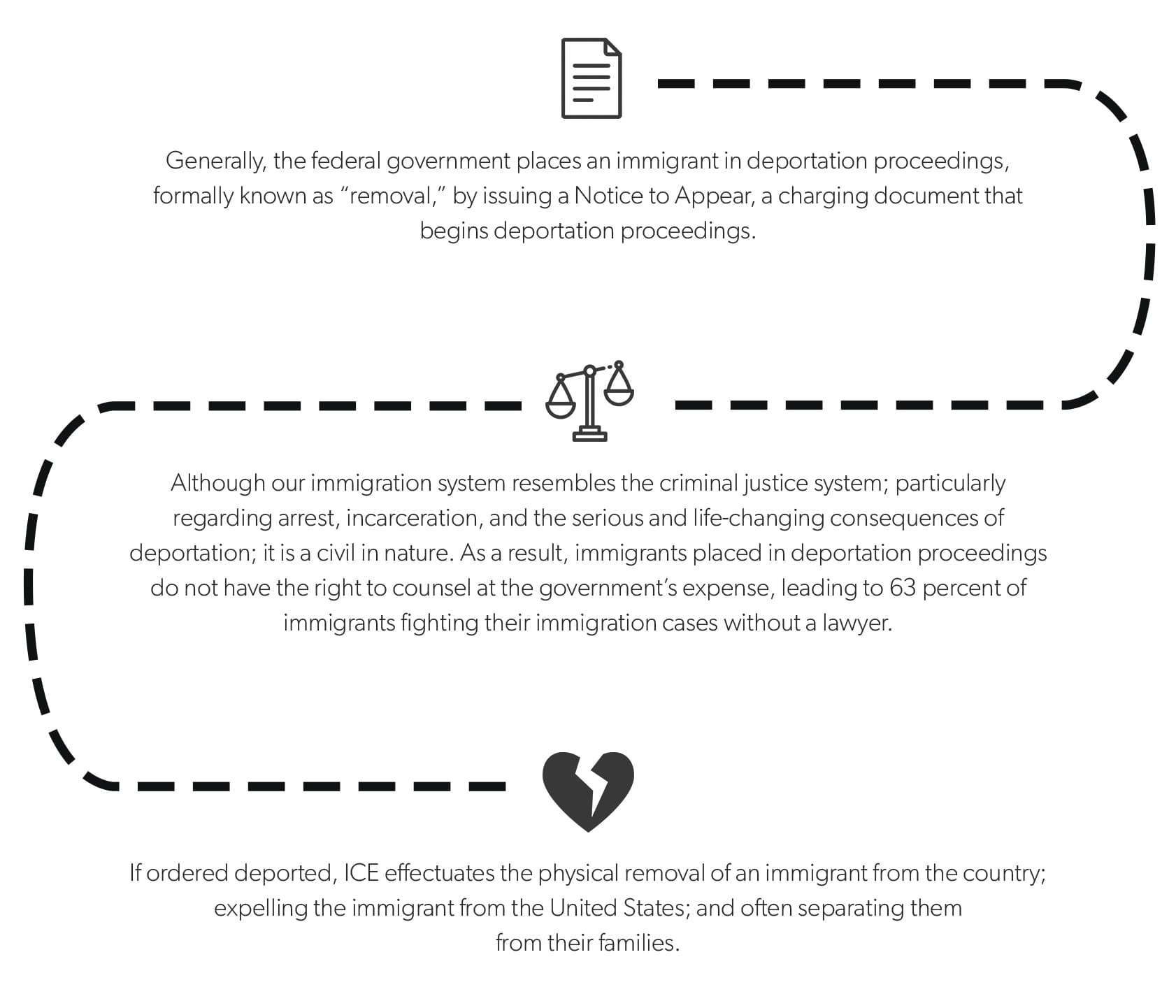

Chapter 2
Built on a Rotting Foundation: A Historical Perspective of Immigration Enforcement
ICE and CBP’s history show that they were build on racist and anti-immigrant notions.
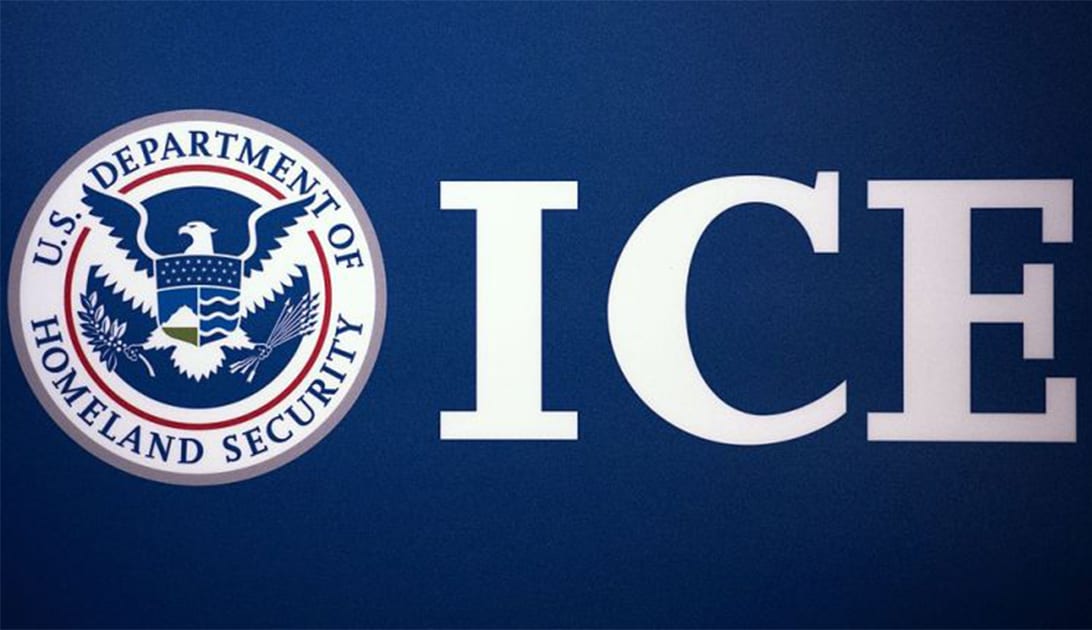

ICE’s policies of arresting and detaining immigrants rests on historical racism and xenophobia. The forced migration and treatment of enslaved people from Africa, combined with years of exclusion of AAPI communities, Latinos, and other immigrants of color, serves as the foundation for our nation’s immigration policies and ICE’s implementation of those policies.
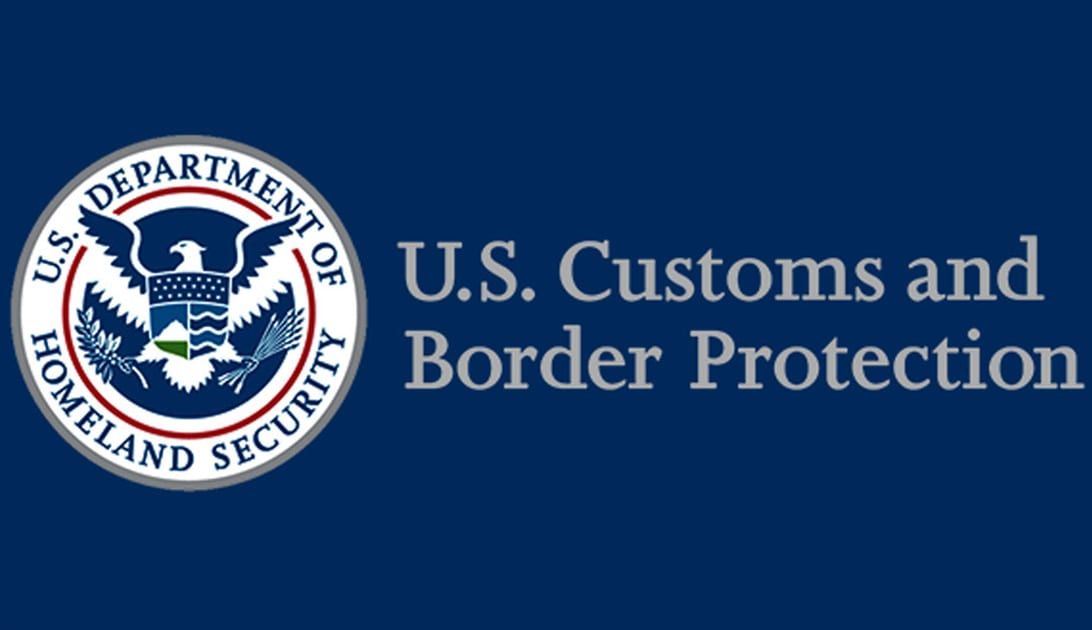

Post September 11th, CBP’s mission was ostensibly to fight the “War on Terror,” and serve as law enforcement along the country’s borders. However, CBP’s enforcement tactics regularly result in discriminatory targeting and egregious human rights violations. CBP officers regularly engage in racial profiling; racially motivated interrogations and arrests; and evade accountability.
Chapter 3
Congress’s Funding Fuel the Cancerous Growth of ICE and CBP
Year after year, Congress has continued to lavishly grow ICE and CBP’s budgets.


Between 2003 to 2018, ICE spending grew by 85 percent, from $3.3 billion to $7.4 billion. ICE chronically misleads appropriators; engages in fiscal mismanagement; and ignores attempts at congressional oversight. In their annual budget requests, ICE falsely claims additional needs alleging rising immigrant populations in their custody.
Similarly, funding for CBP experienced dramatic growth, from $5.9 billion in 2003 to $16.3 billion in 2018, with the number of border agents doubling from FY 2003 to FY 2016. The colossal rise of funding for CBP steadily transformed southern border communities into a heavily militarized southern border.
Besides artificially inflating operational needs, ICE routinely functions as an agency exempt from congressional oversight; and operates as though taxpayers wrote the agency a blank check. ICE routinely overspends its budget for enforcement and detention, then pleads with Congress to financially bail out the agency.
Chapter 4
The Engines of Our Nation’s Deportation System
The Trump administration has unleashed ICE and CBP to terrorize communities at local, state, and federal levels.
Abusive Agency – U.S. Immigration and Customs Enforcement
ICE is responsible for the arrest, detention, and deportation of individuals within the interior of the United States. Practically, this means that ICE’s enforcement activities often target immigrants with long-term residency in the country; deep ties to their communities; and mixed-status families.


Enforcement “Priorities” that Prioritize Everyone = Mass Deportation


Targeting Community Members at Immigration Check-ins


Targeting Current and Former DACA Recipients


Terrorizing Communities through Immigration Raids
The “Green Monster” – U.S. Customs and Border Protection
In January 2017, as part of its expansion of our nation’s enforcement regime, Donald Trump signed an Executive Order, which directed CBP to drastically expand its enforcement activities and further militarize our nation’s southern border. The administration is in the process of writing another ignominious chapter to CBP’s history of exclusion and discrimination; facilitating the spread of corruption through an inherently lawless agency; and fostering a culture of fear infecting border communities.


Continued Militarization of Border Communities


Licensed to Kill by the Federal Government


Gutting Due Process and Deporting Immigrants Outside of Immigration Court


Persecuting the Persecuted and Separating Families
Chapter 5
Impact on Immigrant Youth, their Families, and Communities of Color
Immigrant youth and their families are fighting back against the administration's deportation machinery through organizing and the use of technology.
#HeretoStay: Immigrant Youth Fight Back
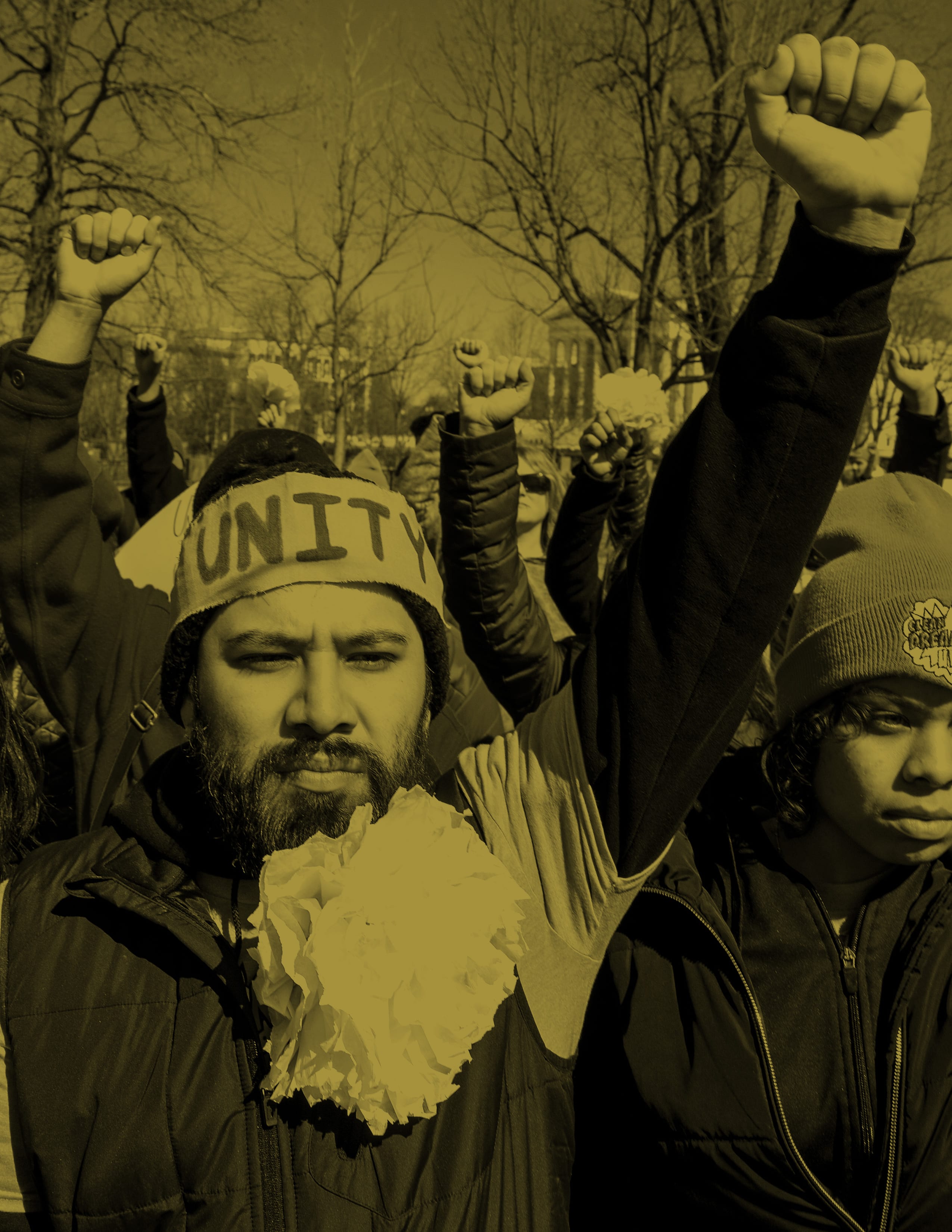

Though this administration fostered fear and anxiety in immigrant communities, immigrants and immigrant youth consistently demonstrated the will to fight back. Nearly two-thirds of DACA recipients participated in a local, state, or national campaign to defend DACA in the last year. During the same period, over a third of DACA recipients participated in campaigns to stop the deportation of a community member and over 35 percent had engaged in a political rally or contacted a Member of Congress. DACA recipients did not limit their activism to immigration, with immigrant youth supporting the fight against this nation’s racist law enforcement targeting of the Black community. Over a fourth reported participating in campaigns to protest the murder of Black men and women.
DACA has empowered immigrant youth to effectuate and believe in change for their communities, with half of DACA recipients reporting a greater participation in the political process since obtaining DACA. Similarly, a majority of DACA recipients report that they have become much more active in their communities after their grant of DACA.
A Growing Resistance Movement Fueled by Community and Technology
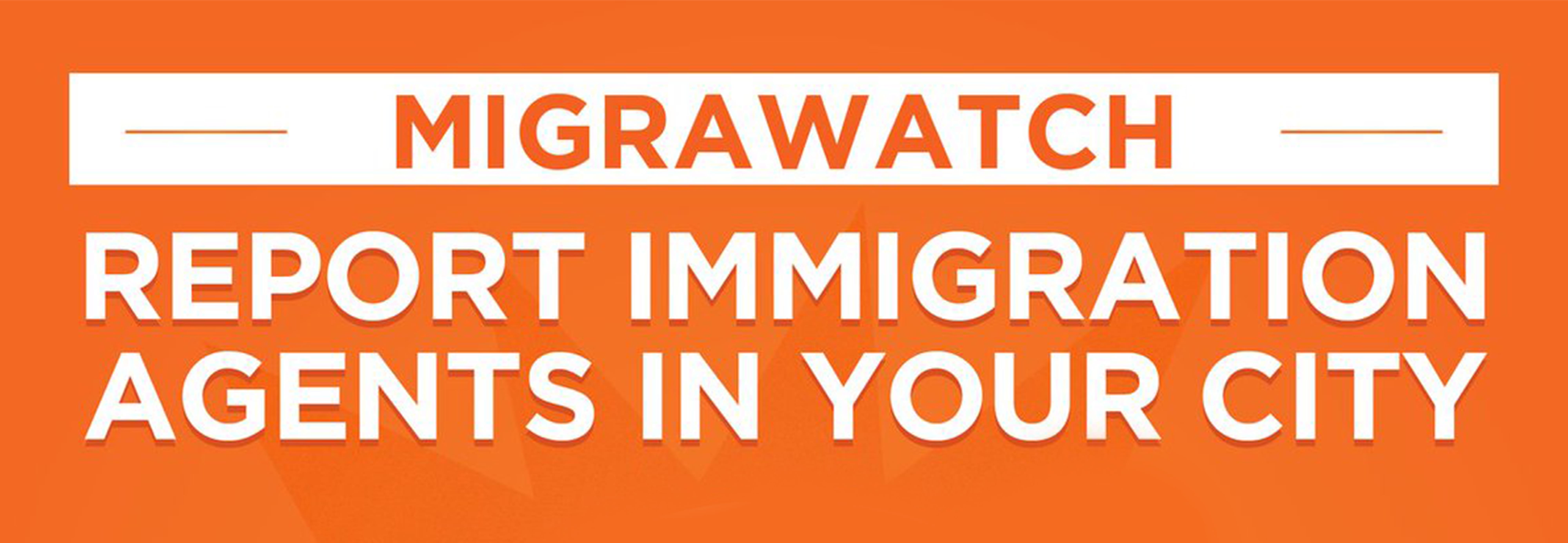

Through MigraWatch, community members cooperated with United We Dream to mobilize communities; track trends; and push back against ICE and CBP. Using MigraWatch, community members can call to report immigration enforcement activity such as raids.
MigraWatch Hotline at 844-363-1423


Through United We Dream’s Notifica app, community members have the power to quickly connect with their family, friends, and lawyers, and alert them of issues or emergencies stemming from interactions with local law enforcement or immigration authorities.
Text Notifica to 877877 to Download
Recommendations
Congress, the Executive, state and local jurisdictions, and partners all have opportunities to support immigrant youth and their families.
